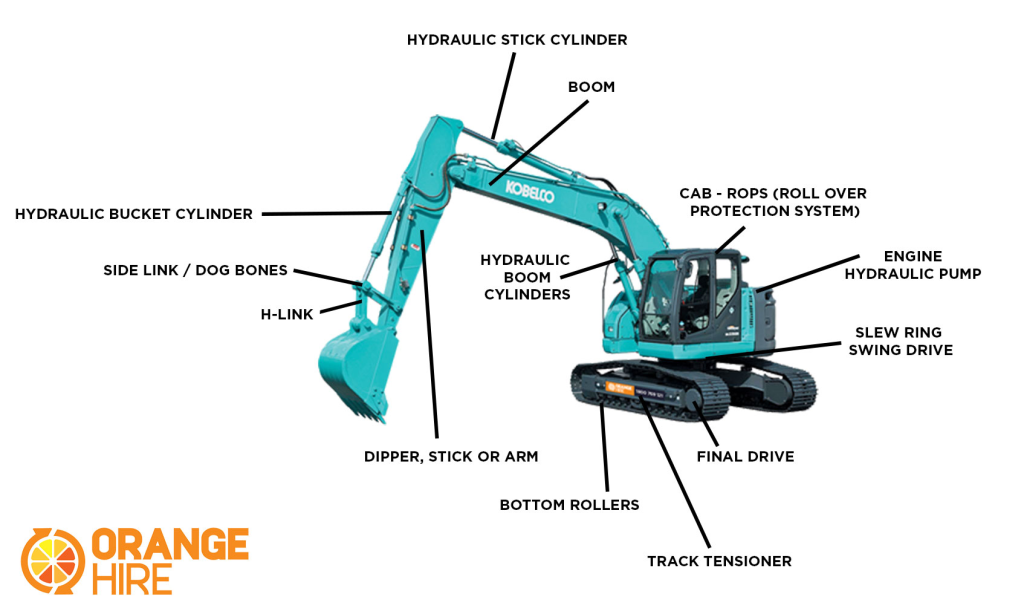Clamps are indispensable tools in various industries, from woodworking and metalworking to construction and DIY projects. They provide stability and precision by holding materials securely in place. Understanding the different types of clamps and their applications can significantly impact the efficiency and quality of your work. This article explores the types of clamps, their uses, and their importance in projects involving geotextile materials.
What are the Different Types of Clamps and Their Uses?
Clamps come in various types, each designed for specific tasks. The most common types include:
- C-Clamps: These are versatile and commonly used in woodworking, metalworking, and welding. They provide a strong grip and are adjustable to fit various thicknesses.
- Bar Clamps: Ideal for woodworking, bar clamps have a long arm that allows them to hold large pieces of wood together while glue sets.
- Pipe Clamps: Used for larger projects, pipe clamps are adjustable and can be used to hold large pieces of material in place.
- Spring Clamps: These are lightweight and portable, perfect for holding smaller items or quick jobs that don’t require much force.
- Geotextile Clamps: Specialized clamps are designed to hold geotextile materials securely during installation in construction and landscaping projects. They ensure the material stays in place, preventing slippage and misalignment.

How Do Clamps Enhance Safety and Precision in Projects?
Clamps play a crucial role in enhancing safety and precision in various projects. By holding materials securely in place, clamps prevent unwanted movement, which can lead to accidents or mistakes. This is especially important in woodworking and metalworking, where precise cuts and joints are essential. When working with geotextiles in construction, clamps ensure that the materials are laid out accurately and securely, providing stability and reducing waste.
What Should You Consider When Choosing a Clamp for Your Project?
When selecting a clamp, consider the following factors:
- Material: Ensure the clamp is made from high-quality materials like stainless steel or iron, which offer durability and resistance to wear and tear.
- Size: Choose a clamp that fits the size and thickness of the material you’re working with. Oversized or undersized clamps can affect the quality of the hold.
- Type of Work: Different clamps are designed for different tasks. For instance, bar clamps are ideal for woodworking, while pipe clamps are better suited for larger, heavier projects.
- Ease of Use: Some clamps are more user-friendly than others. Consider the clamp’s design and how easy it is to adjust and release.
When dealing with geotextile installations, it’s crucial to use clamps specifically designed for geotextiles to ensure the material is held securely and installed correctly.
How Can You Properly Maintain Clamps to Ensure Longevity?
Proper maintenance is key to ensuring the longevity and functionality of your clamps. Here are some maintenance tips:
- Regular Cleaning: Remove dust, dirt, and debris from the clamps after each use to prevent buildup that can affect their grip and function.
- Lubrication: Apply a light coat of oil to the moving parts to keep them operating smoothly. This is particularly important for screw mechanisms in C-clamps and pipe clamps.
- Inspect for Damage: Regularly check for any signs of wear, such as bent or cracked frames, worn-out screws, or damaged handles. Replace any parts that show significant wear to maintain the clamp’s safety and efficiency.
- Store Properly: Store clamps in a dry environment to prevent rust and corrosion. Use racks or holders to keep them organized and prevent damage from accidental falls.
Clamps are essential tools in any toolkit, providing stability, precision, and safety across various projects. Whether you are working with wood, metal, or geotextile materials, selecting the right clamp can significantly impact the quality and outcome of your work. By understanding the types, uses, and maintenance of clamps, you can ensure efficient and safe operations in any project. Remember, when working with specialized materials like geotextiles, choosing the right clamp is crucial for ensuring a secure and accurate installation.